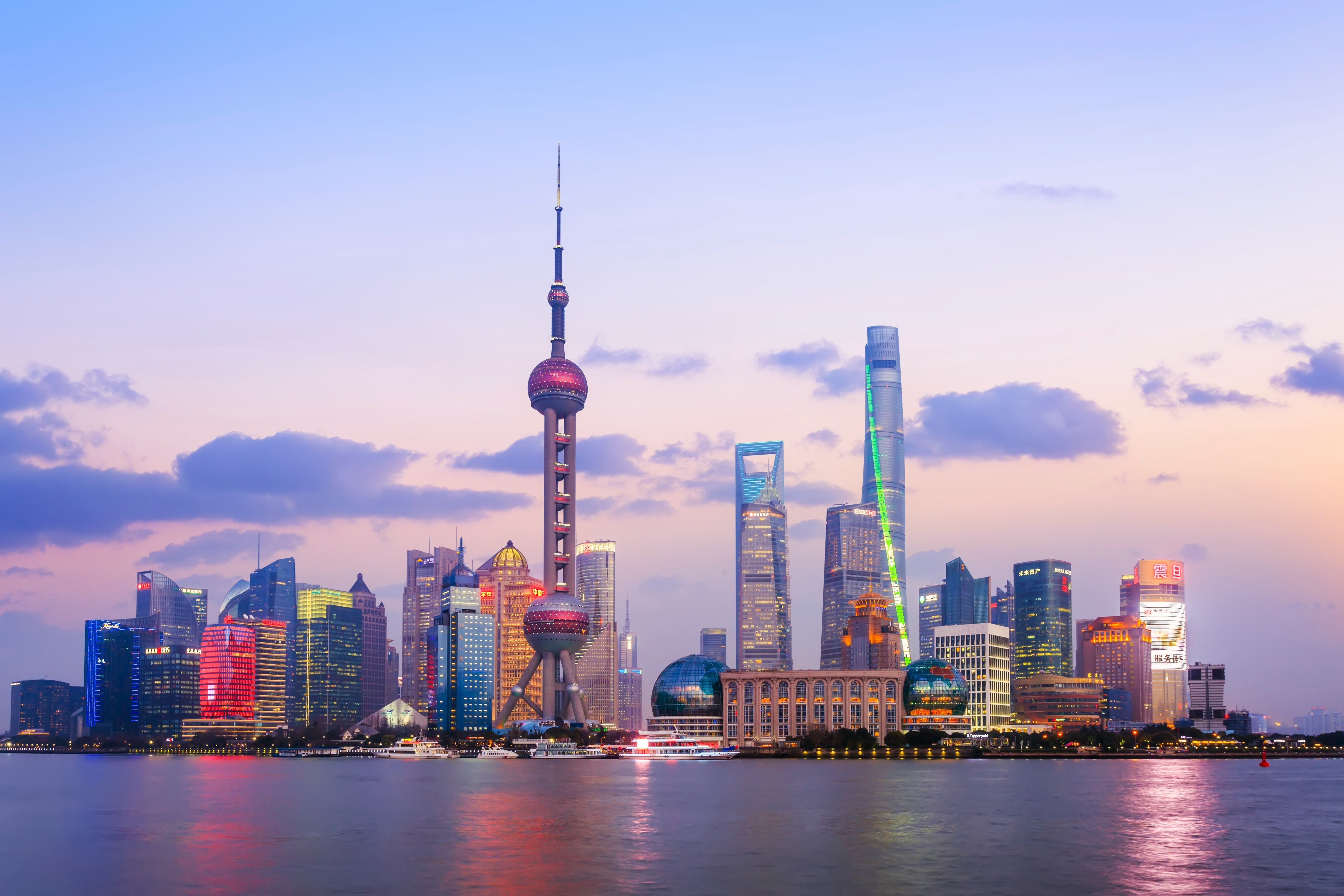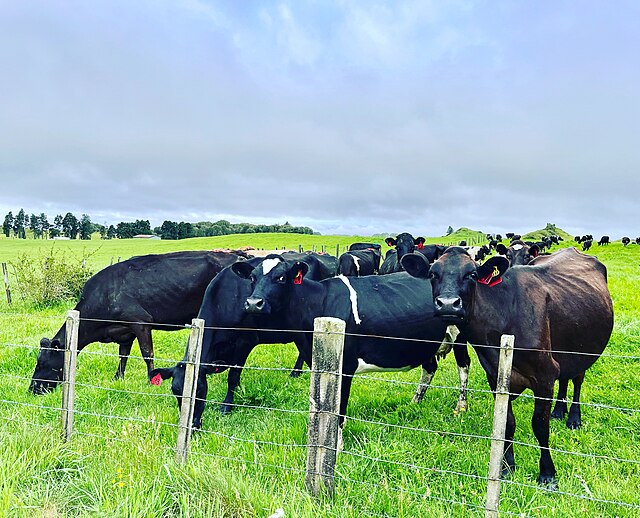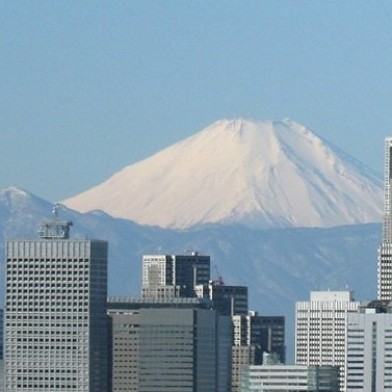Heading into 2024, New Zealand businesses on the ground continue to see China as a key market, but are realistic that COVID has put a dent in the record, and the days of headlong growth have passed. As the Chinese economy slows, they paint a picture of a maturing trading relationship, where large corporates are flourishing but new entrants and start-ups are looking elsewhere.
China remains easily New Zealand's largest trading partner, but Alistair Crozier, Executive Director of the New Zealand China Council, confirms that the years of “peak NZ-China” trade growth have gone. Between the signing of the FTA in 2007 and the arrival of COVID, New Zealand exports to China rose tenfold, from $1.9 billion to $20 billion. Crozier says: “We'll never have that stampede again”.
Latest data for the year to September 2023 show total trade amounted to $38.67 billion, down slightly from the $40 billion achieved in 2022. China now accounts for 22% of our goods and services exports (and provides 16% of imports), down from the peak of 30% in April 2021.
Much of that fall is accounted for by services, tourism in particular. China's share of merchandise exports actually increased in the last 3 years from 27.8% to 29.1%.
The merchandise numbers reflect continued strong performance from our big established companies – Fonterra, Silver Fern Farms, and Zespri, in particular.
Fonterra now turns over around $7 billion in China; Zespri over $1 billion with Silver Fern Farms (partly owned in China) close behind.
From January this year, Fonterra is expected to benefit further from all tariffs on dairy products going to zero.
Zespri is partcularly bullish. Ivan Kinsella, VP China Corporate Affairs, says Zespri is planning on at least 50% volume growth in the next two years - another 60,000 tonnes of product.
But experts report a fall in the number of smaller New Zealand businesses entering the market.
Crozier comments that interest in China among smaller exporters that were already flat before COVID, has further declined, reflecting vibes around business risks and geopolitical tensions, but mostly the challenging nature of the Chinese market. “Companies are looking for markets where you can quickly get back on the horse,” he said.

Pudong, Shanghai, China. Photo: Unsplash
Anna May Isbey, Executive Director of the NZ Business Roundtable in China (NZBRiC) and Richard Dunsheath, NZ Trade Commissioner, both based in Shanghai, confirm that some NZ companies have pulled out of China in the last 12 months or switched back to using local distributors.
Last year, New Zealand Trade and Enterprise (NZTE) reduced resourcing in China as part of a reprioritisation of international operations in response to customer demand, but stress that Greater China remains a key export market for New Zealand.
One significant change since COVID has been the ending of the grey zone trade. When travel stopped, so did the trade of individuals personally importing A2 milk powder, kiwi fruit or Manuka honey into China. Kinsella says those days are gone – and those companies are now adopting more conventional and sustainable models.
Companies are increasingly aware that China now faces intense competition and higher costs, necessitating the ability to scale.
Dunsheath also points out China's “different ecosystem” in areas such as software and social media as challenging to newcomers. With no Google, X, and Facebook, companies need to understand local alternatives such as WeChat, Sina Weibo, Youku/Tudou, Douyin, and Litte Red Book.
Tourism is recovering after COVID, but more slowly than hoped. Chinese long-haul travel has lagged behind the recovery in short haul. Average spend per Chinese tourist is also down. But numbers are building steadily, China has already resumed its former position as New Zealand’s second largest source of tourists, and the industry is hoping for a further boost during Chinese New Year.
While flights between the US and China remain highly limited due to political tensions, New Zealand now boasts perhaps the highest ratio of population to long-haul China flights of any country, with direct flights to Beijing, Shanghai, Hangzhou, Guangzhou, Shenzhen, and Haikou as well as Hong Kong.
Student numbers were less directly affected by COVID than tourism, with many students deciding to stay on in New Zealand - but have also been slower to recover. The industry`s infrastructure is likely to take some time to rebuild, with many agents and schools forced out of business during COVID and intense competition in China with other English-speaking destinations.
While the big Kiwi exporters are confident, the slowdown in China's domestic growth looms as a challenge for all.
The expected post-COVID recovery in Chinese consumption has been disappointing, and prospects for 2024 are subdued. Experts talk of the 'Four Ds' constraining Chinese growth: demographics, demand, decoupling, and debt.
China has just announced it achieved 5.2% growth for 2023, and its target for 2024 looks likely to be similar. The Chinese government is signalling a shift from speed of growth to quality – rebalancing away from infrastructure and housing to personal consumption. But experts warn that it is easier to propose than to execute.
Mark Anderton, Chief Sourcing and Sustainability Officer for The Warehouse Group and Chair of NZBRiC, also based in Shanghai, argues that China`s economic relationship with the rest of the world is changing in two important ways: “Firstly, through low prices, improving quality and intense competition. This mix of lower commodity prices and demand has led to lower prices for New Zealand customers at a time when prices are rising internationally.”
He estimates average factory gate prices in China have been declining by 3-4% over the last year.
Second, he says China is reacting to the economy in the rest of world as much as it is influencing it. Slower growth throughout the OECD, for example, is weighing down Chinese export growth and the wider economy. But he believes China's long-term prospects are very good.
Like many major companies The Warehouse Group is wary of dependence on one country. The Group currently imports just under two-thirds of its products from China. It has reduced its dependence slightly since 2020 and continues to look at alternative markets for value and innovation, but China remains a key partner.
The slowing Chinese economy, COVID and pressure on balance sheets appear to have reduced Chinese investment interest in New Zealand as well. After some substantial investments in the New Zealand food sector in the last decade (such as Silver Fern Farms, Westland Dairy, Synlait, and PGG Wrightson), Chinese inward investment has since slowed.
“In recent months enquiries from Chinese investors have tended to focus on how to liquidate existing investments in New Zealand rather than grow them,” says Lloyd Kavanagh, a senior partner at law firm MinterEllisonRuddWatts.

New Zealand dairy industry. Photo: Wikimedia Commons.
Investment insiders suggest that the slowdown in inbound investment is more reflective of issues originating from China rather than New Zealand. These issues range from overspending on some high-profile investments in the past to the need for reining in overseas expenditure to bolster head office balance sheets.
Still, Chinese legal advisers are asking where New Zealand government policy stands regarding inbound Chinese investment compared with the US and Australian positions, in the light of comments made by ministers in the previous NZ Labour government. Kavanagh said it remains to be seen where the new National-led coalition government will position itself, but there may be a greater clarity later this year.
Meanwhile on the ground in China, Kinsella says that ordinary life has recovered after COVID: “I haven’t felt anything very different in living 15 years in China.”
All Kiwis on the ground in China report the absence of foreigners since COVID has diminished the 'cosmopolitan' feel of cities such as Beijing and Shanghai. But that hardly bothers most locals. The foreigners who remain are struck by the safety, high-tech, and ease of life in China albeit – like the locals - under extensive surveillance much of the time.
One Kiwi was contacted out of the blue last year by local health authorities asking if she needed help seven months into her pregnancy – which she found startling since she had not informed authorities. But she notes their motive was to be helpful.
Worries about security and surveillance are present but subdued in the Kiwi community.
Business leaders are aware of the threat of cybercrime and information surveillance but accept it as a manageable risk. It is a big positive that few NZ companies operate in sensitive sectors such as high-tech and sensitive minerals.
Crozier agrees that there is some “chilling effect” on Kiwi companies, especially new and small ones, confronting the Chinese environment.
Nonetheless, those already on the ground remain bullish about the long-term. While the recovery from COVID has been slower than expected, China still provides the second fastest growth (behind India) of any major economy.
Experts point to several advantages for Kiwi business, including strong underlying demand for food and fibre, our reputation for safe and natural products, our strong position in key sectors, and New Zealand`s positive national image.
Anderton gives plaudits to the New Zealand government for maintaining high level visits to China during COVID, the latest being Prime Minister Hipkins' visit in June 2023. He says the visit underlines that New Zealand retains “a better image than Australia or the US”.
Isbey acknowledges the challenges facing Kiwi businesses in China, particularly small ones. But she is upbeat about the opportunities, as she says, “you can’t just drop a product into market and hope it will sell – you need to do the work. But companies that put in time and investment into the market are rewarded”.
+Opinions expressed are those of the author+
-Asia Media Centre


